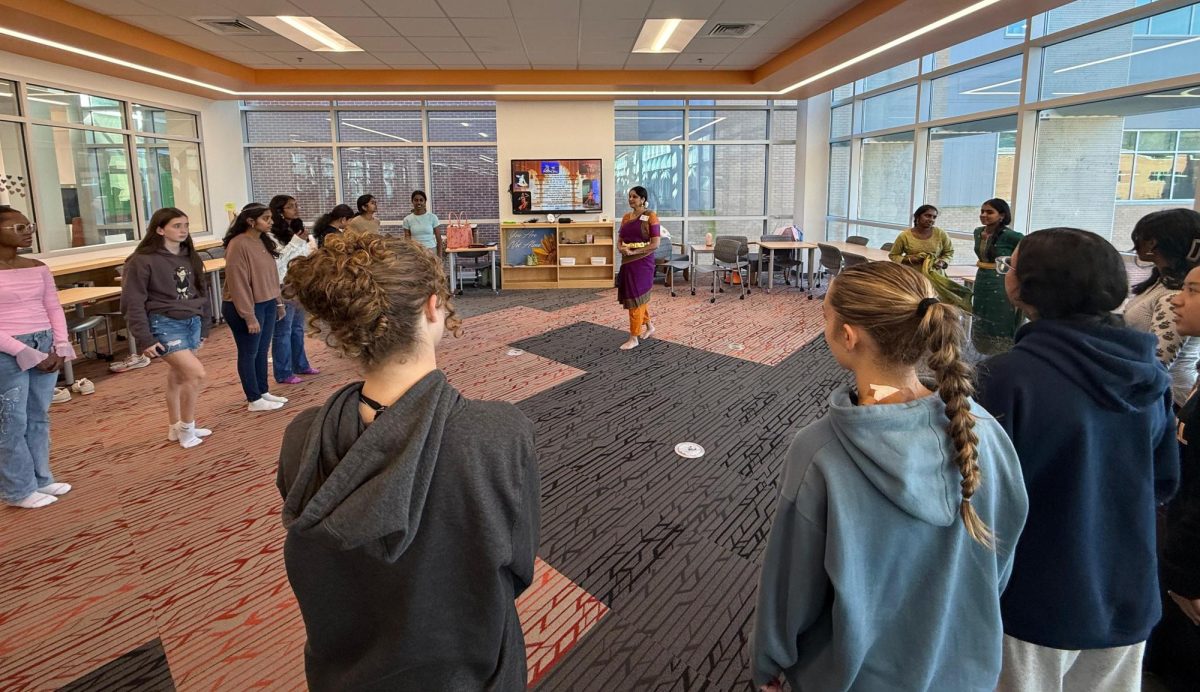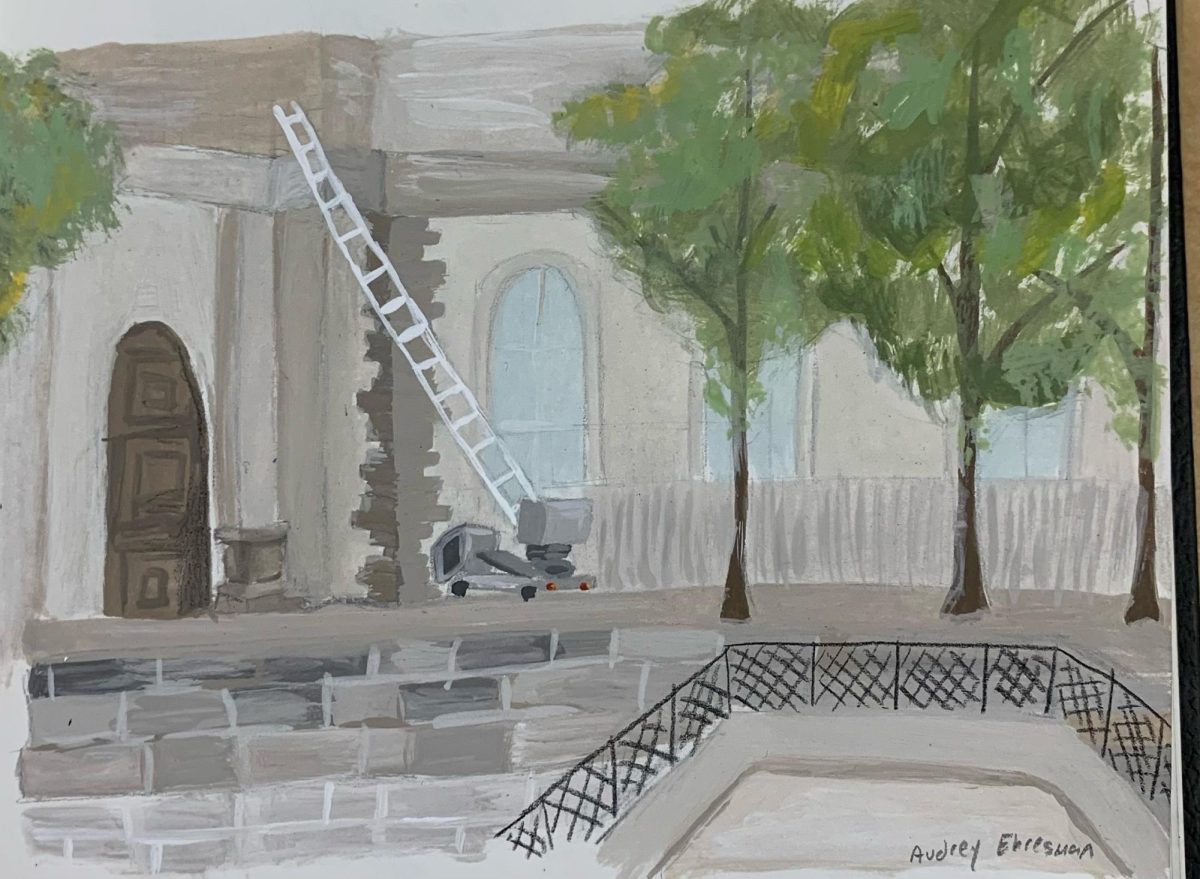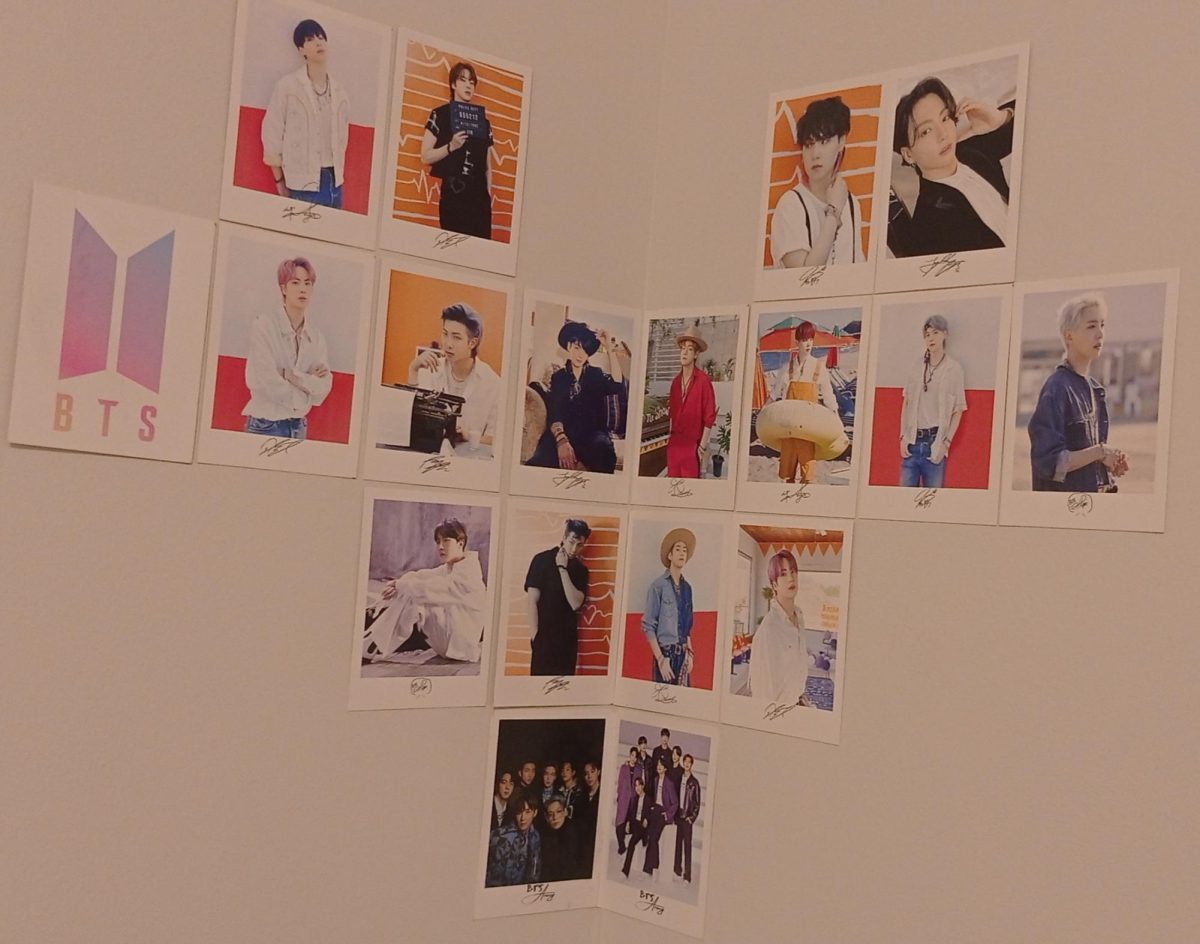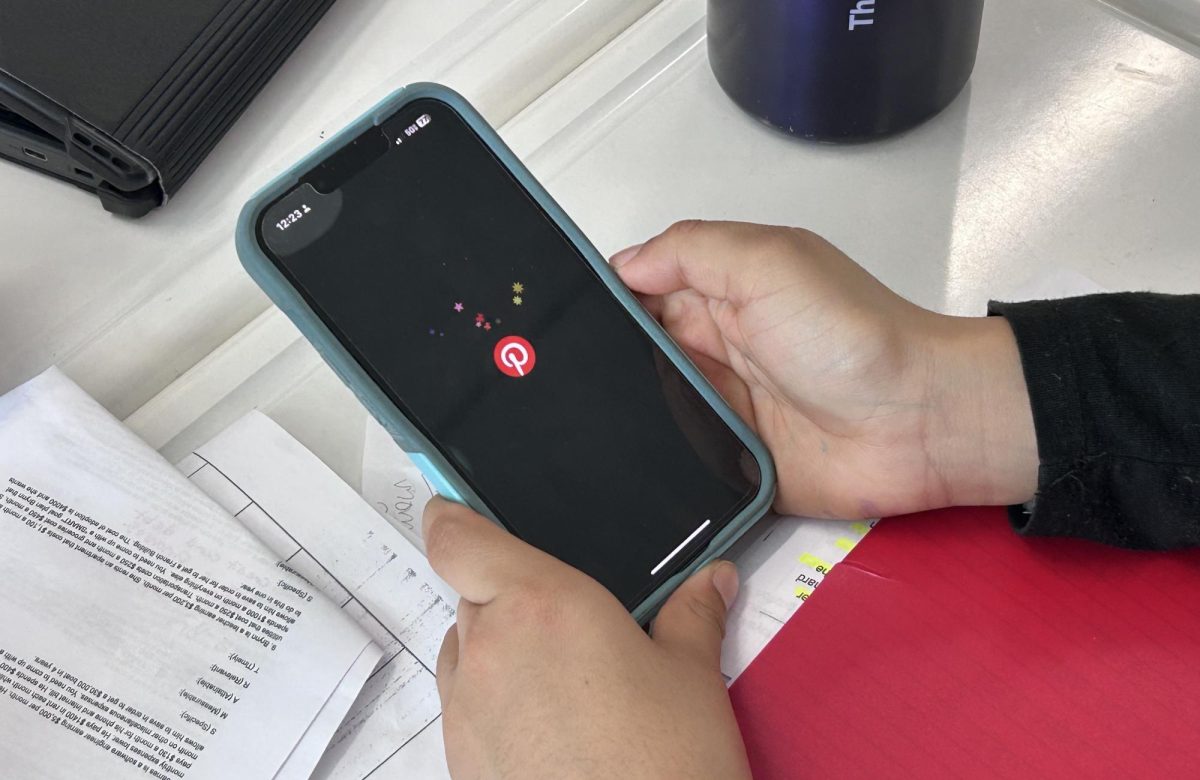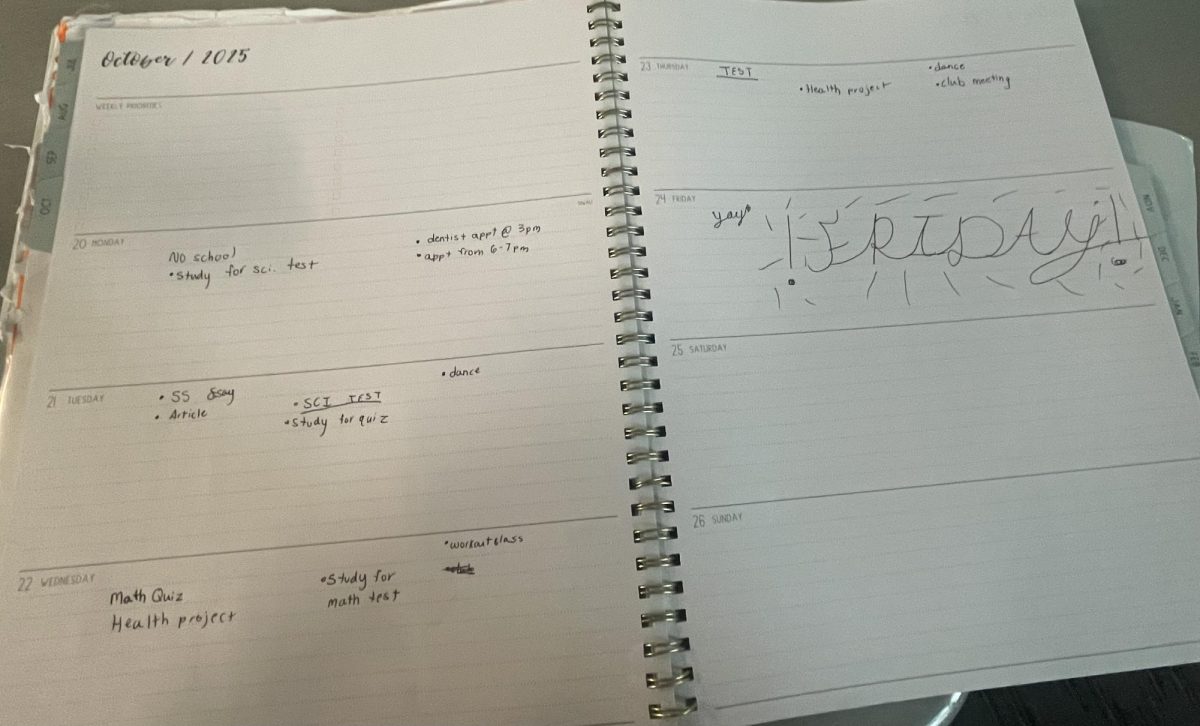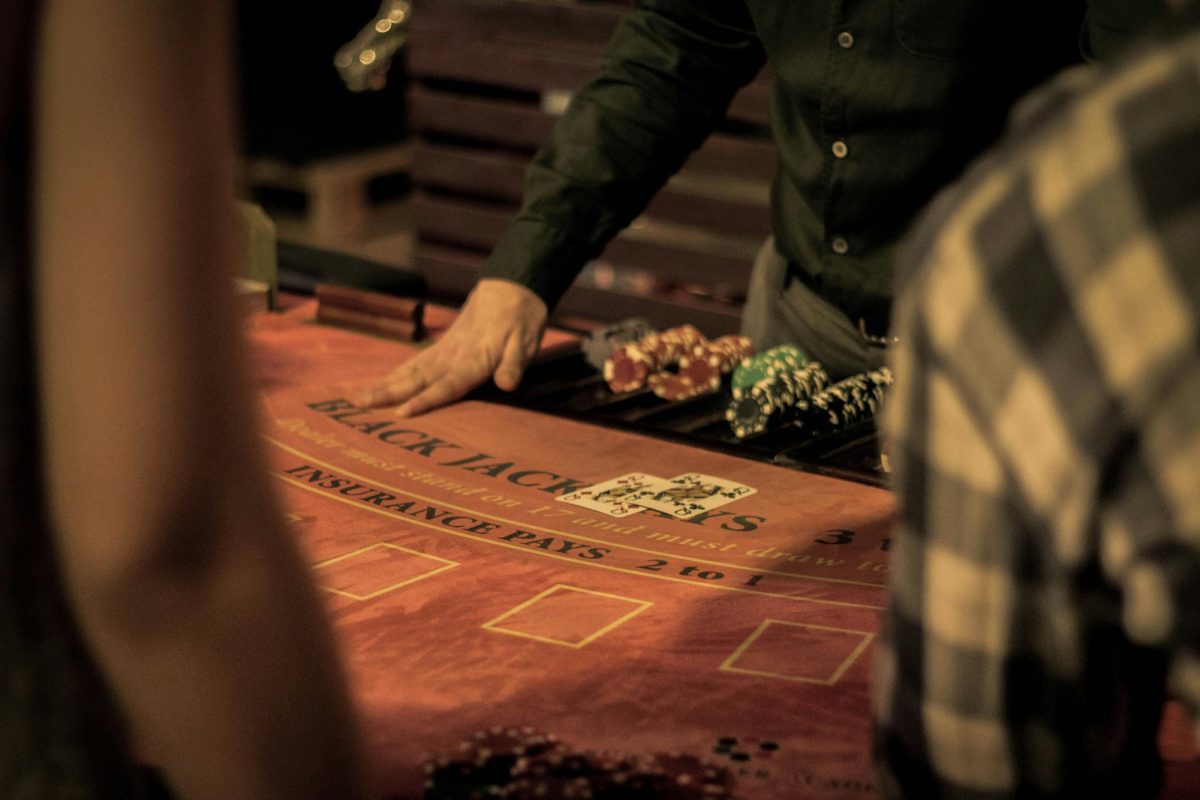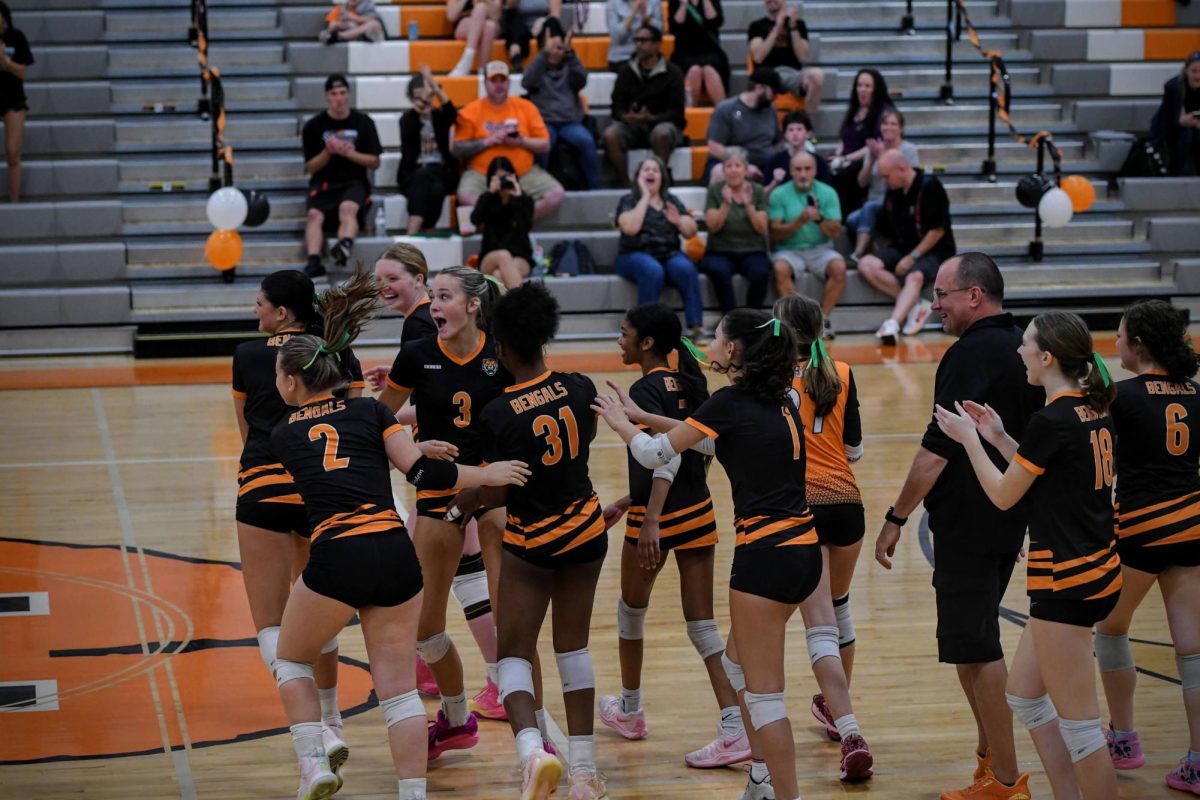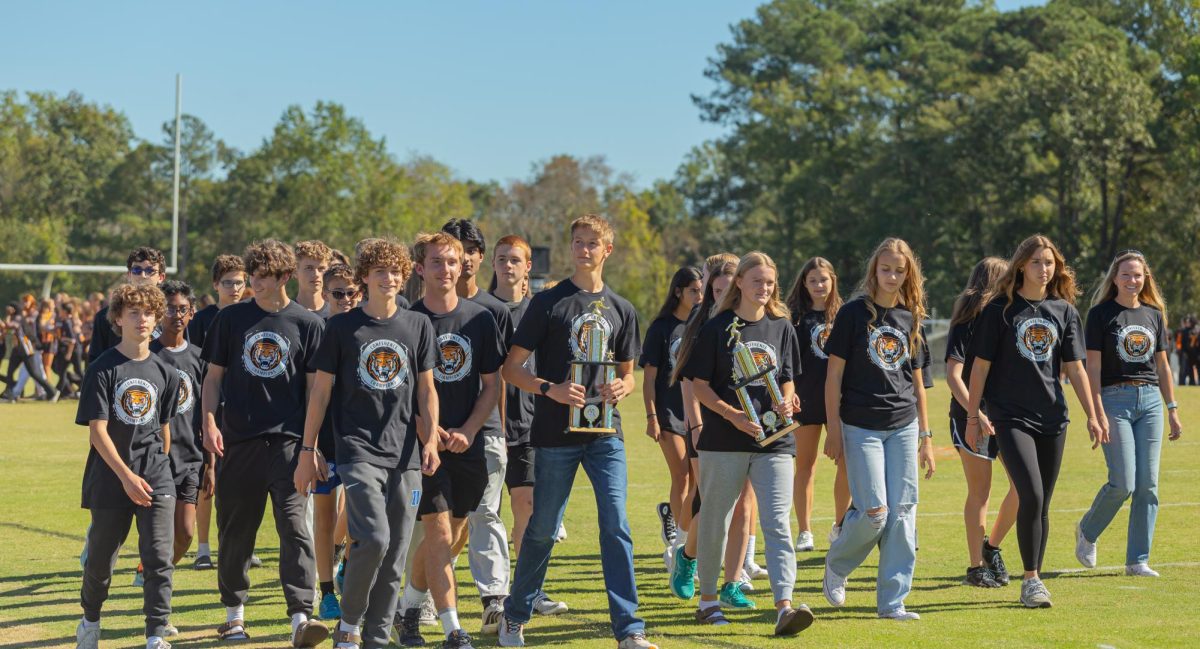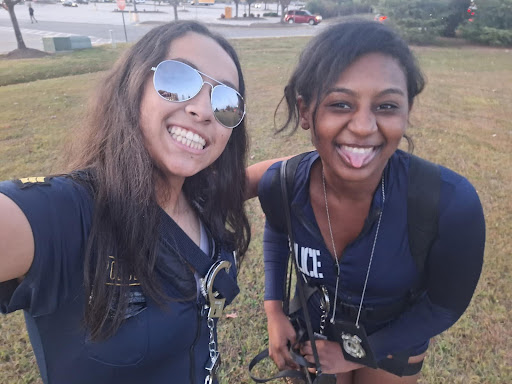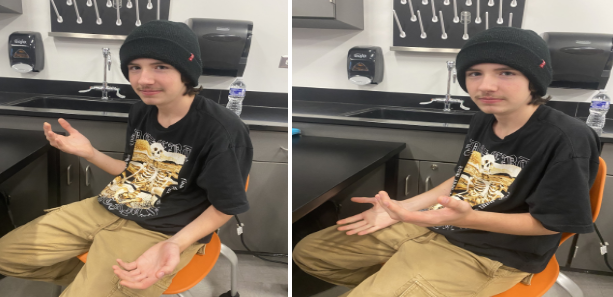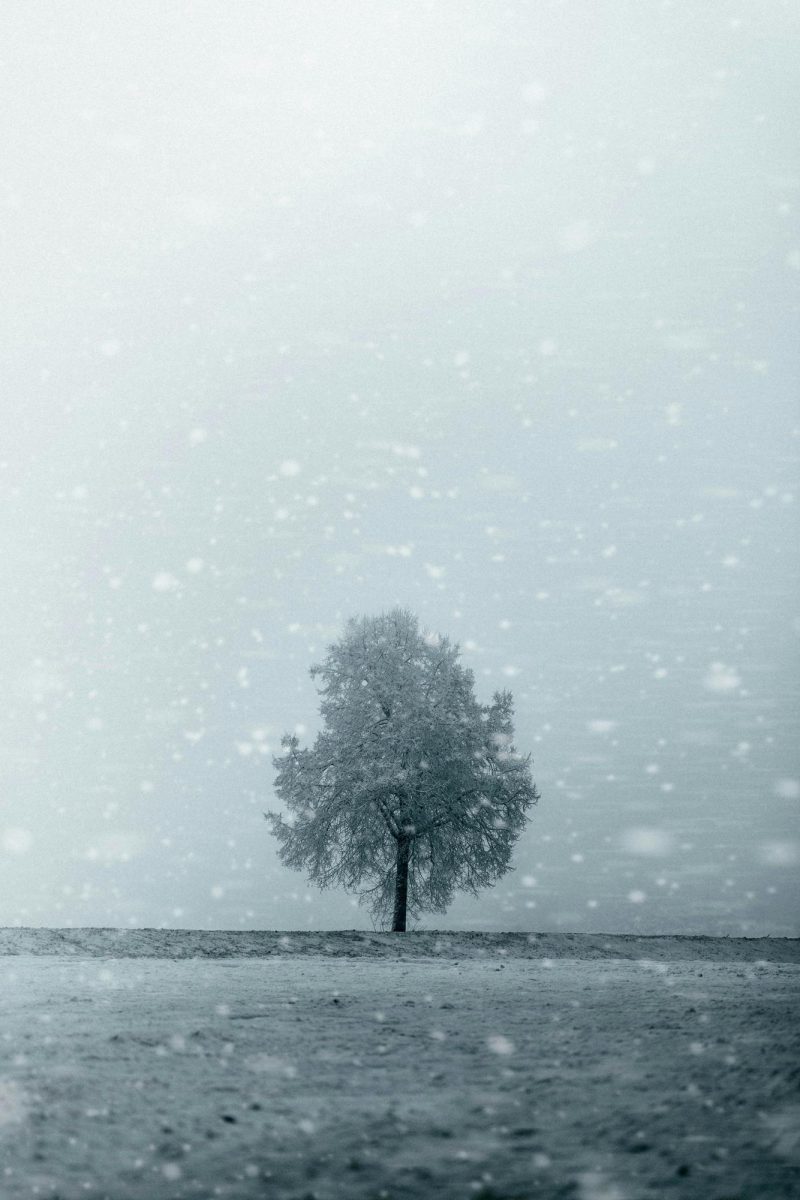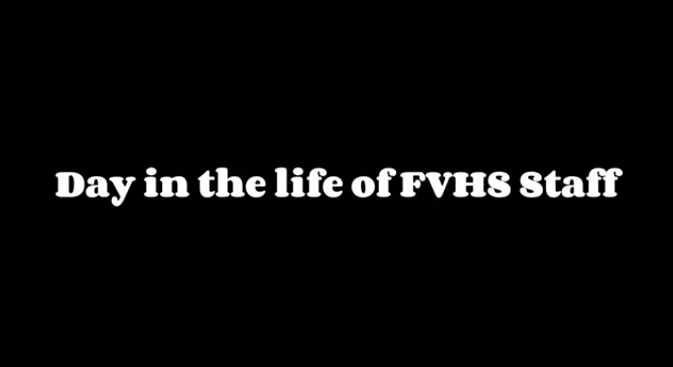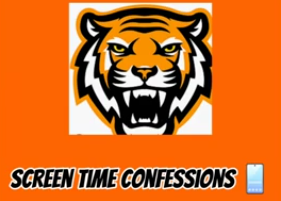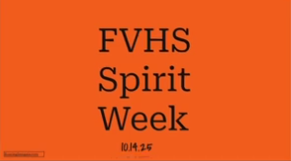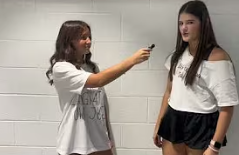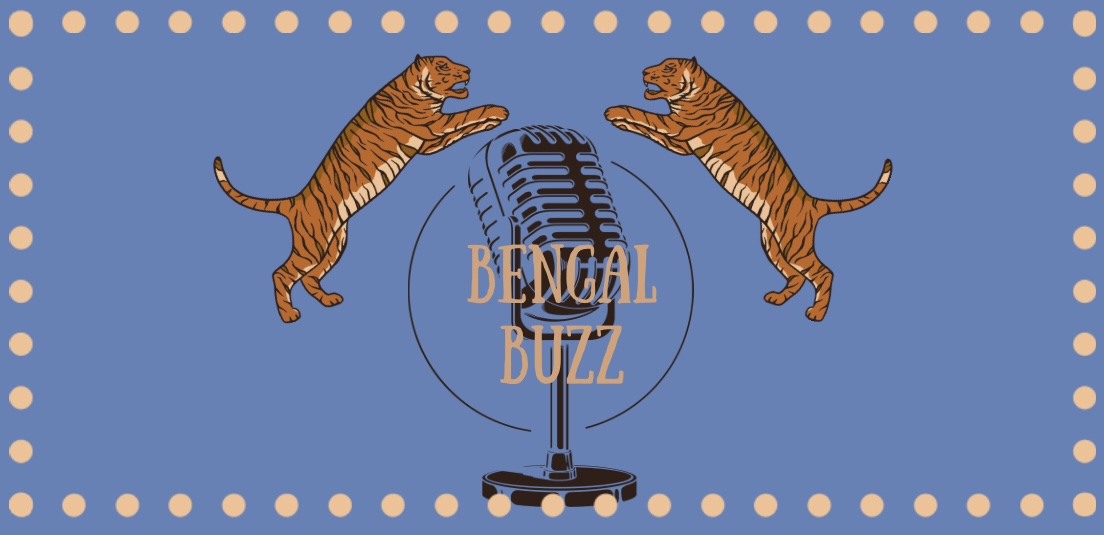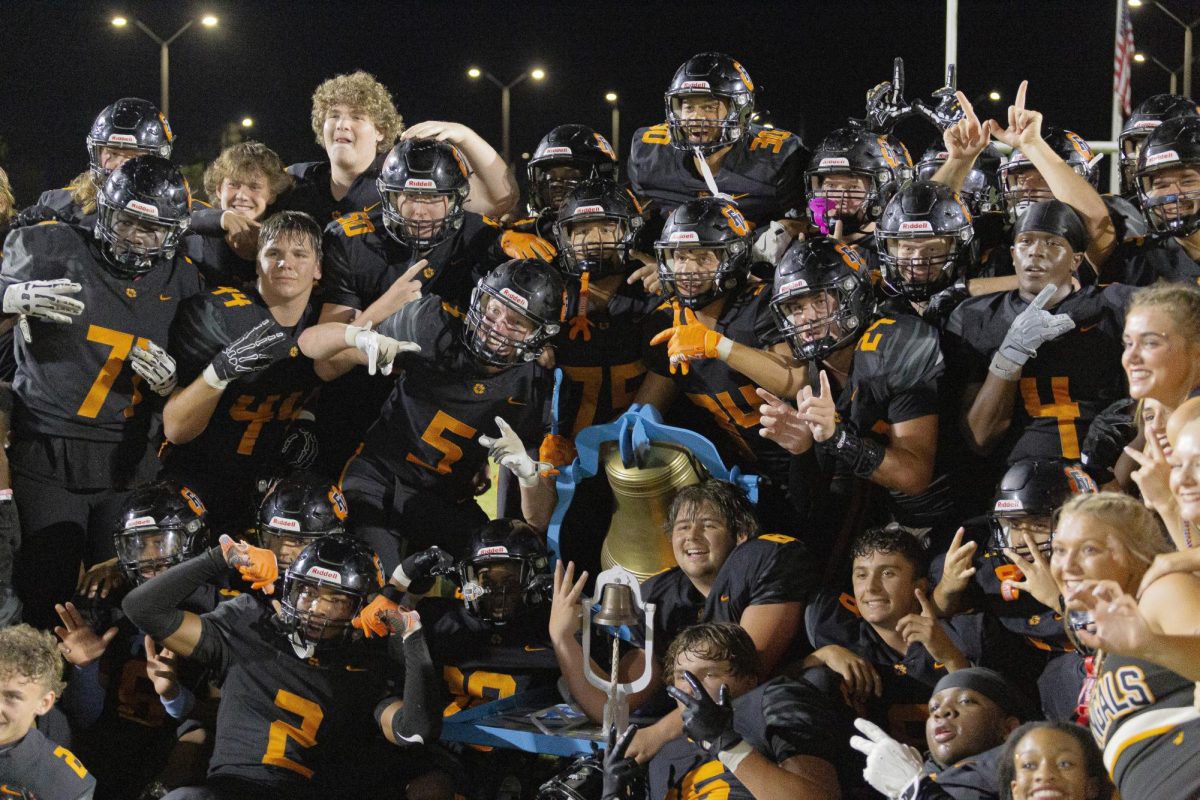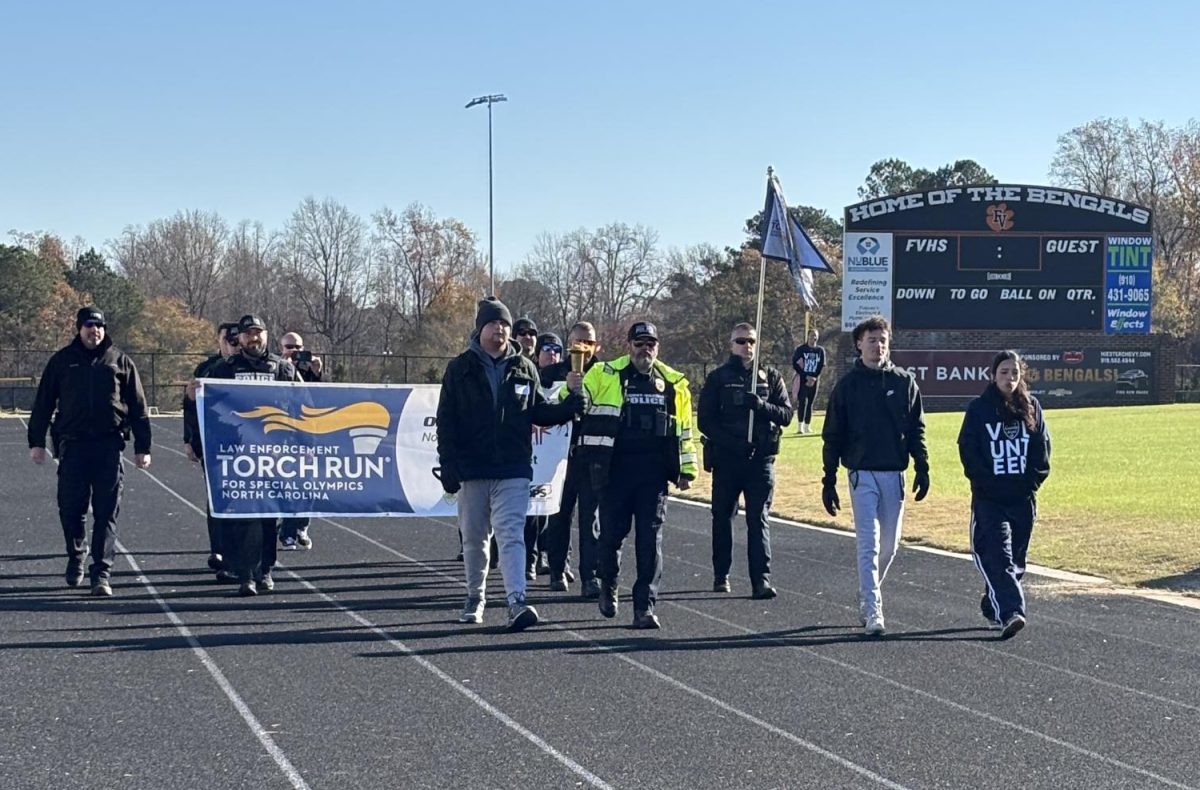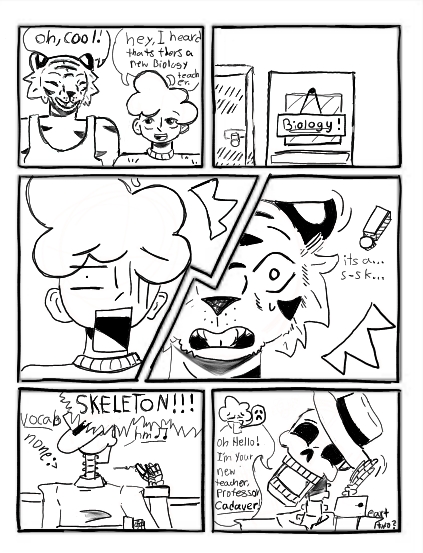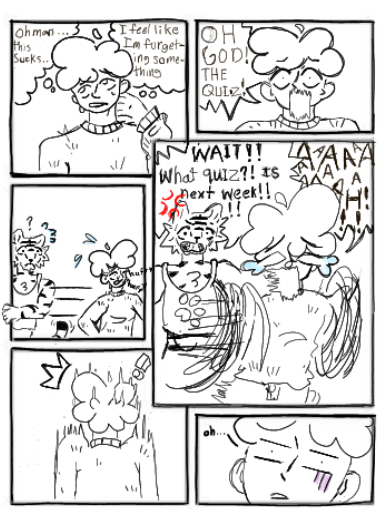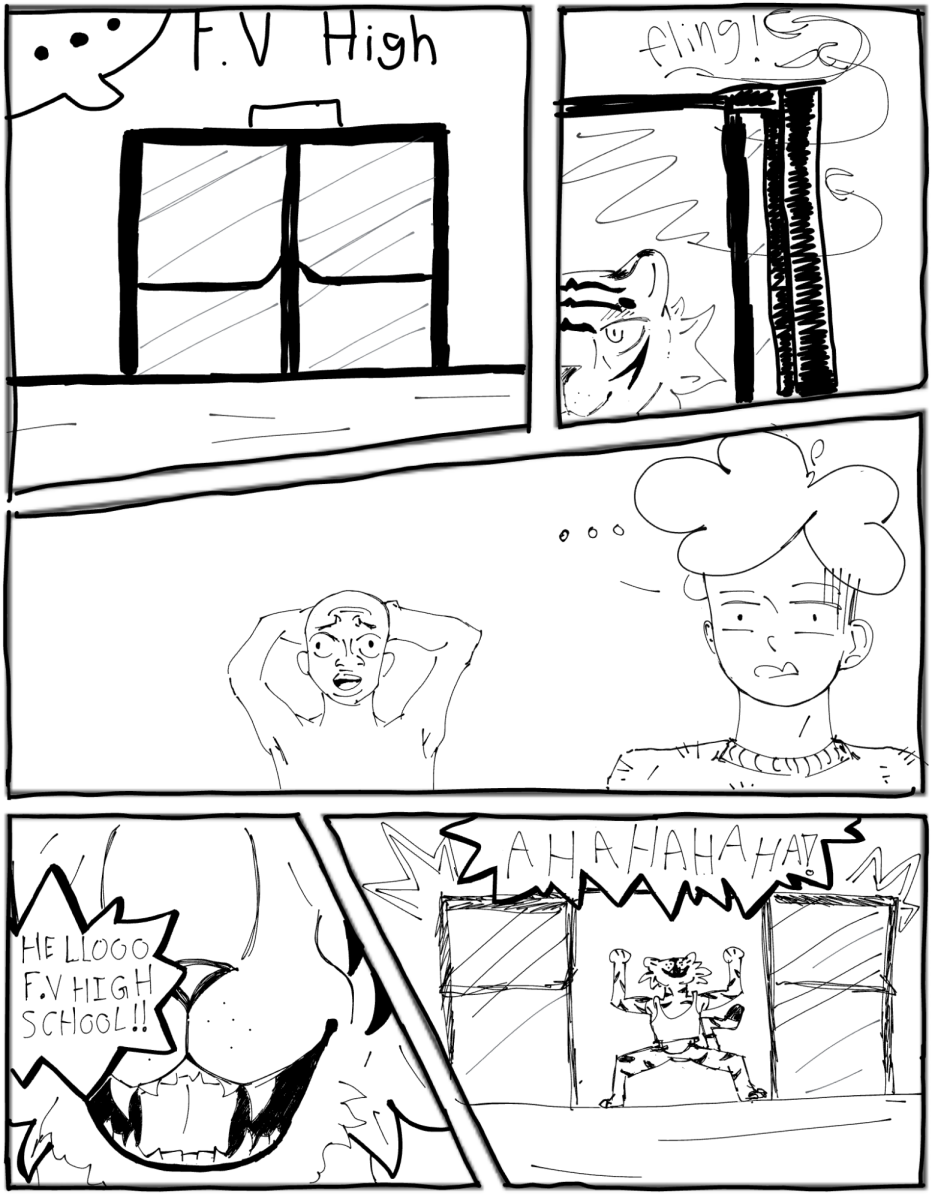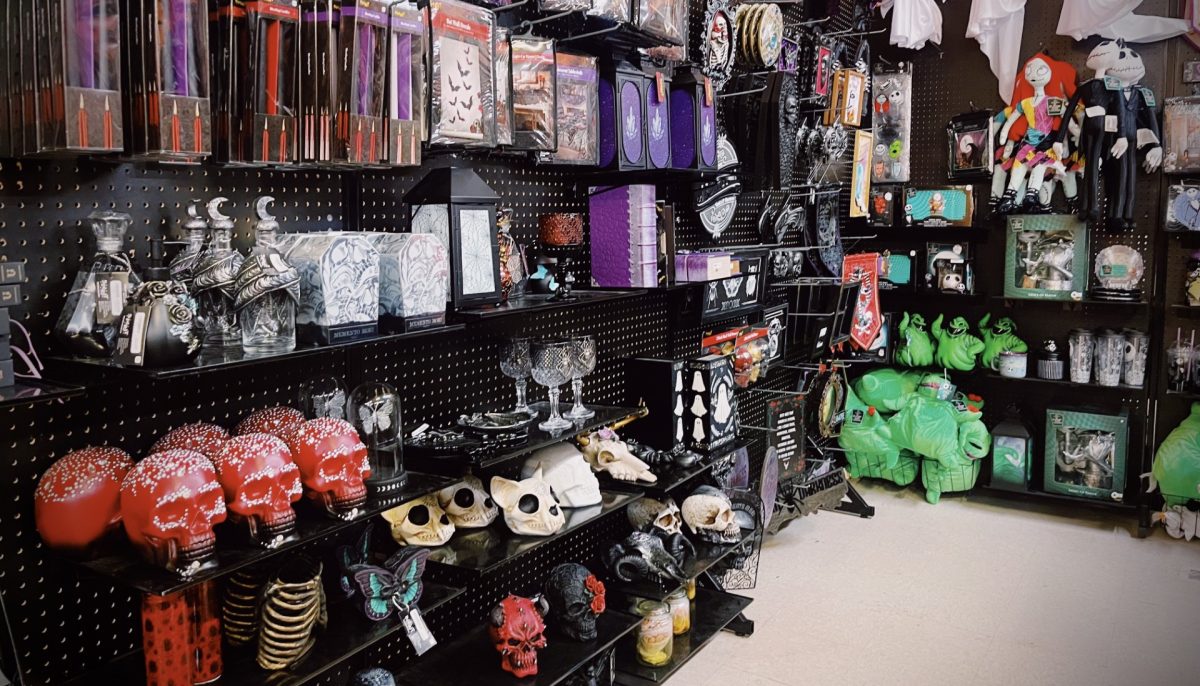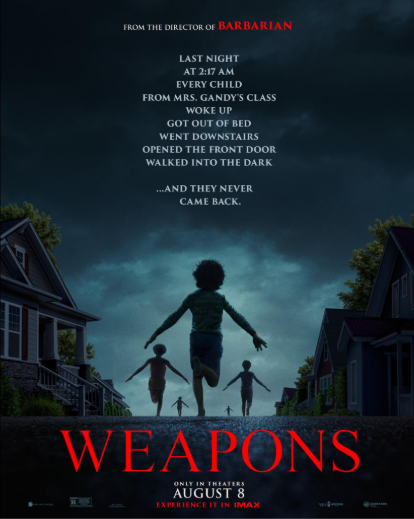
You sit in a dark theater, waiting in anxious anticipation for the movie to start. Once it does, you’re thrust into the standard horror opening you’ve come to expect from trailers: children all rise at the same time, 2:17 a.m., and then one by one run out of their homes into the night. As shocking as that visual may sound, it’s only the beginning of what “Weapons” has to offer its viewers.
After his smashing success “Barbarian” in 2022, director Zack Cregger proves once again that he is no stranger to pushing boundaries. Whether that be the limits of his audience’s comfort or their expectations for his films’ narrative structure, Cregger revels in our befuddlement. “Weapons” is a film that toes the line between horror and dark comedy, leaving viewers in simultaneous abject terror and uneasy laughter at the bizarre sights on screen.
Bill Goodykoontz, a film critic with Arizona Republic, noted, “This is definitely a horror movie, increasingly by the minute. It’s also really funny—in places—and the finale combines horror and comedy in a way that doesn’t cheapen either one.”
Similar to “Barbarian,” “Weapons” has a uniquely fragmented narrative structure that shifts between different time frames and characters. We get to see the same events from different perspectives, each one adding brand new layers of meaning. The result of Cregger’s set-ups is a twist that not only surprises viewers, but also recontextualizes the story that we thought we understood.
Film critic Stephen Romei from The Australian had to say about the film, “This is a smart, entertaining horror movie that will keep you guessing until the end, and probably afterwards.”
“Weapons” does not hold the viewer’s hand as the narrative unfolds, which is one of its greatest strengths. The film allows the audience to stew in a sense of ambiguity, to feel unsettled not only by the on-screen scares but also by what is left unsaid. The beginning of the film wherein children mysteriously disappear, and the film’s name itself, have been interpreted by some as a metaphor for school shootings or societal breakdown. But “Weapons” doesn’t preach; it presents its horror in pieces, and lets us decide how they should fit together.
Aside from its expertly crafted narrative, the film is visually stunning. Cregger’s camera work is deliberate and unnerving, and the sound design plays a crucial role as well. Moments of silence broken only by sudden, jarring orchestral crescendos will make your heart leap from your chest. While a few of the characters could have been more fleshed out, the actors’ performances (Josh Brolin and Julia Garner in particular) bring so much visceral emotion to the otherwise surreal story.
When all is said and done, “Weapons” is not simply a horror movie; it’s an author’s experiment in perspective and storytelling. If you’re looking for a straightforward spook, this film may not be for you. But if you’re willing to be challenged, disturbed and maybe even amused, then “Weapons” is more than worth the watch.



